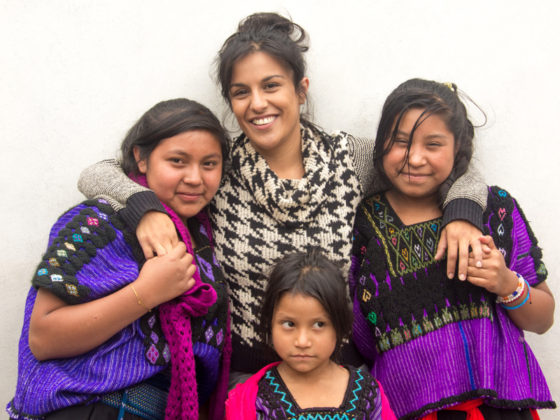I’LL NEVER FORGET HIM, a 6-year-old boy, crying in the back of the bus while holding a bunch of fading roses. I had recently moved to Mexico and he was one of the first working children that caught my attention.
He must be crying because his parents will punish him for not selling every single flower, I thought while searching for my wallet so I could buy a couple of roses to cheer him up. Suddenly the bus stopped and he disappeared into the night.





